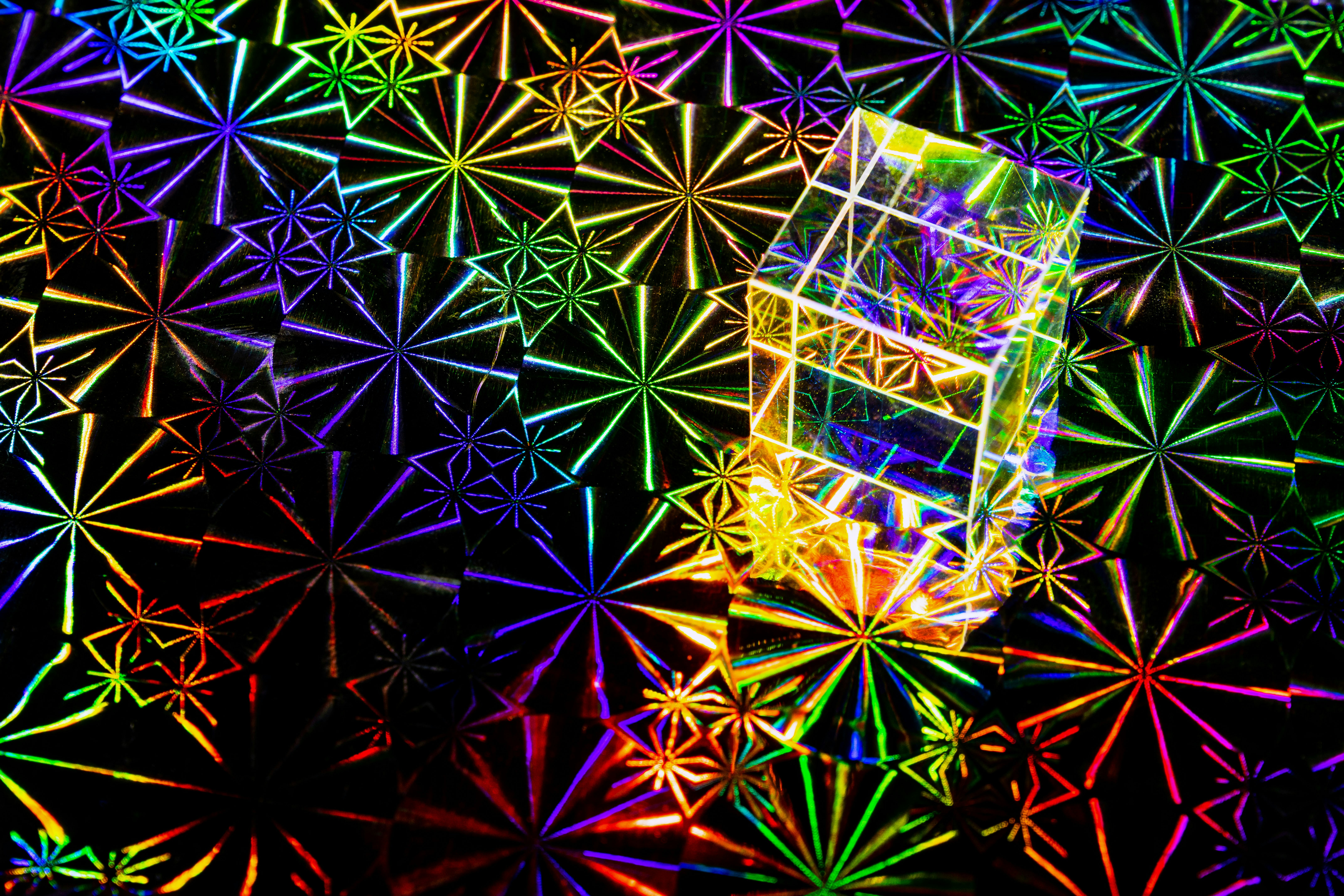"Perovskite Solar Cells: The Next Big Thing in Green Energy"
Picture a future where the buildings you work or live in generate their own power through the sun's rays. This isn't a distant dream but an imminent reality, all thanks to the promising field of Perovskite Solar Cells. This article delves into the intriguing world of perovskite solar technology, its roots, recent developments, and potential impact on the global energy market.

Unraveling the Past: The Genesis of Perovskite Solar Cells
The story of Perovskite Solar Cells starts in the mid-19th century when German mineralogist Gustav Rose discovered a unique mineral in the Ural Mountains. He named it ‘Perovskite,’ after Russian mineralogist L.A. Perovski. For nearly a century and a half, perovskite remained an obscure mineral with few practical applications.
In 2009, a team of researchers from Japan discovered that perovskite could be used as a semiconductor. This unlocked the potential for the material to be used in solar cells, paving the way for the development of Perovskite Solar Cells (PSCs).
The Sunnier Side: Advancements in Perovskite Solar Cells
Since those initial discoveries, scientists and researchers worldwide have been trying to harness the full potential of PSCs. Recent progress in this field is both exciting and encouraging. For example, researchers from the University of Rome “La Sapienza” have developed a new PSC that can convert 23.6% of solar energy into electricity, a significant leap from the initial 3.8% efficiency.
The Powerhouse: What Makes Perovskite Solar Cells Special?
What sets PSCs apart from their silicon counterparts is their superb light-absorption and carrier transport properties. These solar cells are cheaper, lighter, and easier to produce than conventional silicon solar cells. Additionally, they can be made semi-transparent, allowing them to be integrated into windows or building facades, making them a viable option for urban environments.
Money Matters: Market Impact and Pricing
The global solar energy market is poised for a significant shakeup with the advent of PSCs. According to a report by Market Research Future, the global PSC market is expected to reach $500 million by 2023. The estimated price range for PSCs is around $1000-1500 per square meter, making them an affordable green energy alternative.
A Greener Tomorrow: The Future of Perovskite Solar Cells
While PSCs promise a brighter, greener future, there are still some hurdles to overcome. The most pressing issue is their stability and longevity. Current PSCs degrade faster than traditional silicon cells, which reduces their viability for long-term use.
However, researchers worldwide are tirelessly working to improve the durability of these cells. Once these challenges are addressed, PSCs could revolutionize the way we generate and consume energy, heralding a new era of sustainable living.
In conclusion, Perovskite Solar Cells are no longer a scientific curiosity but a potential game-changer. As we continue to grapple with the realities of climate change, the development and adoption of innovative green technologies like PSCs become even more critical. The future of solar energy is here, and it’s shining brighter than ever.






